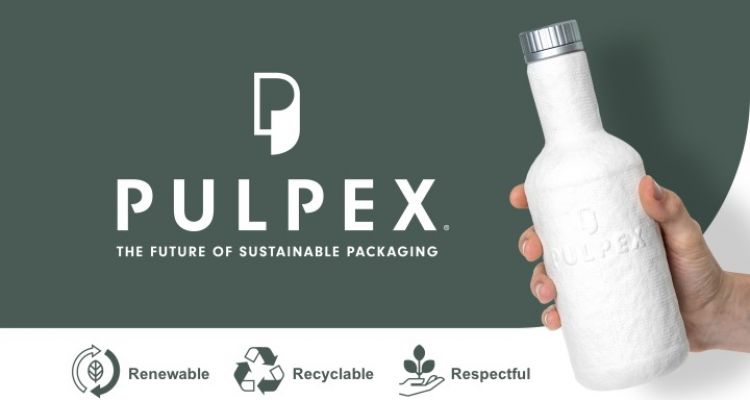Global advertising expenditure by healthcare brands will grow 3.6% this year to reach US$36bn, according to Zenith’s Healthcare Advertising Expenditure Forecasts, published recently.
Zenith forecasts another year of 3.6% growth in 2020. This first exclusive survey of healthcare advertising in 13 key markets across the world builds on Zenith’s authoritative Advertising Expenditure Forecasts, and is published in collaboration with Zenith’s sister agency Publicis Health Media.
According to the report, healthcare advertising is growing at a slower rate than advertising as a whole, which is expected to grow by 4.8% in 2019 and 4.3% in 2020 across the same 13 markets. High research costs and persistent downward pressure on prices are hindering the prescription medicine business and restraining advertising spend by the big healthcare companies.
It also noted that this will begin to change as the aging global population creates a higher demand for healthcare, combined with new over-the-counter products and services that will expand the supply, enabled by new technologies like personal data tracking, telemedicine and AI.
The US and China dominate healthcare spending, but India is the fastest growing.
The Zenith also found out that the overwhelming leaders in healthcare advertising expenditure are the US and China, which together accounted for 86% of spend in 2018, or US$15.9bn and US$14.4bn respectively. All other markets accounted for less than US$1bn. In other large advertising markets, the types of healthcare products and services that can be advertised are more restricted, as are the media in which they can appear and what they can say.
US healthcare adspend grew at an average rate of 6% a year between 2013 and 2018, partly driven by strong growth in television advertising of prescription medicines. However, US pharmaceutical companies are facing particularly intense scrutiny of their prescription prices. There has been consolidation among intermediaries such as managed care organisations and pharmacy benefit managers, which has been taking a tougher stance in price negotiations.
The government has also been trying to force companies to include prices in their television ads for prescription medicines. While a recent attempt has been successfully challenged in court, it’s clear that the government intends to use television advertising as a tool to create more price competition. For the moment, we forecast only a mild slowdown in US healthcare adspend, with 6% growth in 2019 followed by 5% growth in 2020 and 2021, as strong expansion in internet advertising compensates for slow erosion in television.
India is by far the fastest-growing market, growing at an average of 26% a year between 2018 and 2021. Rising incomes and increased access to health insurance are making healthcare more accessible and encouraging a more direct-to-consumer marketing of healthcare products and services. The next fastest-growing is Brazil at 9% a year.
photo credit: Total Shape







Comment
No comments found.